The Oculus Quest 2—now officially known as the Meta Quest 2—has become one of the most popular VR headsets on the market. Its appeal lies not only in its portability as a standalone device, but also in its powerful versatility when connected to a gaming PC.
While standalone VR gaming offers freedom and convenience, connecting the Quest 2 to a computer via a Link Cable opens the door to an entirely new level of immersive experiences. This connection allows users to access high-end PCVR titles available on platforms like SteamVR and the Oculus Rift Store—games that are often too demanding for standalone performance.
That’s where the Link Cable comes in. As a critical accessory, the right cable ensures low-latency data transfer, reliable power supply, and a comfortable fit for long sessions. But with so many options on the market, how do you know which one is truly the best?
In this guide, we’ll explore the top Link Cable options for the Meta Quest 2, focusing on quality, compatibility, and performance. Whether you’re a first-time buyer or looking to upgrade your current setup, this article is tailored to help you find the perfect cable for your PCVR adventures.
Why the Link Cable Matters for Quest 2 Performance
Connecting your Meta Quest 2 to a gaming PC is the key to unlocking the full potential of PCVR. While the headset is designed to operate independently, a wired connection using a Link Cable provides access to graphically intensive games and applications that are otherwise out of reach for standalone mode.
The Link Cable plays a crucial role in this setup by transmitting data and power between the headset and your PC. It essentially transforms the Quest 2 into a PCVR headset, enabling you to run high-end titles from platforms like SteamVR and the Oculus Rift library.
Wired vs. Wireless: What’s the Difference?
While Meta offers wireless alternatives such as Air Link and third-party solutions like Virtual Desktop, these options come with limitations. Wireless streaming is convenient and untethered, but it can suffer from interference, higher latency, and inconsistent performance depending on your Wi-Fi setup.
In contrast, a wired connection via the Link Cable ensures a stable and direct data transfer, minimizing lag and improving overall reliability. It’s especially important for fast-paced games where every millisecond counts.
Advantages of Using a High-Quality Link Cable
- Stable Connection: A premium cable reduces the risk of disconnects and data drops, which can disrupt your VR experience.
- Lower Latency: Wired connections offer significantly lower input lag, providing a more responsive and immersive gameplay experience.
- Consistent Power Supply: A good cable can charge your headset while in use, preventing unexpected shutdowns during extended sessions.
- Better Visual Fidelity: High-quality cables support faster data transfer rates, which can improve image clarity and reduce compression artifacts.
Choosing the right Link Cable is more than a convenience—it's an investment in smoother, sharper, and more reliable VR performance. In the next section, we’ll break down the top options available to help you make the best choice for your setup.
Key Features to Consider When Choosing a Link Cable for Quest 2
Not all Link Cables are created equal. When shopping for the best cable for your Meta Quest 2, it’s important to consider several technical and practical factors that directly affect your VR experience. Here are the key features to keep in mind:
Cable Length
A minimum length of 5 meters (approximately 16 feet) is recommended to give you enough freedom of movement while playing. Anything shorter can feel restrictive, especially in room-scale VR setups. Longer cables allow you to turn, crouch, and reach without worrying about tugging the cable from the port.
Data Transfer Speed
Speed matters when it comes to VR. At the very least, look for a cable that supports USB 3.0 (5 Gbps). For the best performance and image quality, aim for USB 3.1 Gen 2 or higher (up to 10 Gbps). Higher bandwidth ensures smoother gameplay, better resolution, and fewer compression artifacts during PCVR streaming.
Charging Capability
A quality Link Cable should also provide power to your headset while in use. Look for cables that support 5V/3A charging to help extend your playtime and avoid battery drain during long sessions.
Flexibility & Build Quality
The physical design of the cable affects comfort and durability. Choose a cable that is lightweight, flexible, and resistant to tangling. Braided cables or those with reinforced stress points tend to last longer and perform better over time.
Connector Type
The ideal configuration is a USB-C to USB-C cable, which allows for direct connection to both the headset and a compatible USB-C port on your PC. However, if your PC doesn’t have a USB-C port, you can use a reliable USB-A to USB-C adapter—just make sure it supports high-speed data transfer.
Right-Angle Connector
A right-angle USB-C connector on the headset end helps reduce strain on the Quest 2’s port and improves comfort during gameplay. It keeps the cable flush with the headset, minimizing obstruction and lowering the risk of accidental disconnection.
Taking the time to evaluate these features will ensure you invest in a Link Cable that enhances—not hinders—your VR experience. In the next section, we’ll review the top-rated cables that meet these criteria.
Top Use Scenarios: Solving Real Problems with the Right Cable
The right Link Cable doesn’t just connect your Quest 2—it supports the way you use VR. From competitive gaming to content creation, different scenarios demand specific performance standards. Here's how the right cable makes a difference—and what can go wrong with a poor-quality one.
Scenario 1: Competitive VR Gaming
In high-stakes VR games where split-second reactions matter, latency is your worst enemy. A premium Link Cable ensures ultra-low latency and a stable connection, allowing for precise movement tracking and responsive input. On the flip side, a low-quality or slow cable can cause stuttering, input lag, and dropped frames—issues that can seriously impact your performance.
Scenario 2: Long Play Sessions
If you’re spending hours inside your favorite VR worlds, you need a cable that can deliver both data and power. A well-designed cable with 5V/3A charging support will keep your headset powered throughout extended sessions. A lower-grade cable, however, may fail to deliver enough current, causing your headset to slowly lose battery—even while plugged in.
Scenario 3: Small Play Space
In tighter play areas, cable flexibility becomes crucial. A stiff or bulky cable can get in the way, create unnecessary clutter, or even pull on the headset during movement. Cables with a slim profile, right-angle connectors, and tangle-resistant design offer more comfort and fewer distractions in compact setups.
Scenario 4: Streaming & Recording VR Content
When streaming or capturing VR footage, a consistent and high-speed data connection is essential for maintaining visual fidelity. A high-quality Link Cable with fast data transfer ensures your stream stays smooth and sharp. On the other hand, low-bandwidth cables may introduce compression artifacts, resolution drops, or even disrupt your livestream altogether.
Choosing the right cable for your specific use case doesn’t just enhance performance—it prevents the frustration that comes with poor-quality gear. Next, we’ll dive into our top picks that meet the demands of these scenarios.
Official vs. Third-Party Link Cables: What’s the Best Choice?
When shopping for a Link Cable for your Meta Quest 2, one of the first decisions you’ll face is whether to go with the official Oculus/Meta cable or a third-party alternative. Each has its strengths and limitations, and the right choice often depends on your budget, setup, and personal preferences.
Oculus/Meta Official Link Cable
The official Link Cable from Meta is a premium, fiber-optic USB-C cable designed specifically for Quest 2. It delivers top-tier performance and full compatibility with Oculus software.
- Pros: Guaranteed compatibility, excellent data transfer speeds (USB 3.2 Gen 1), and consistent charging support.
- Cons: It’s relatively expensive, often priced around $80. The cable is also fairly stiff and only comes in a 5-meter length, limiting flexibility and customization.
High-Quality Third-Party Alternatives
Several third-party manufacturers offer Link Cables that match or even exceed the performance of the official cable—often at a fraction of the price. Many are more flexible, easier to handle, and come in a variety of lengths.
- Pros: More affordable, more flexible, available in multiple lengths (up to 6m+), and often include right-angle connectors for added comfort.
- Cons: Compatibility and performance can vary, so it’s important to choose well-reviewed and VR-specific models.
One well-regarded option is:
- KIWI design Link Cable: Engineered for Quest 2 users, this cable combines high-speed data transfer with stable power delivery. It features a soft, flexible jacket and right-angle USB-C connector for improved comfort and port protection during long sessions. With lengths typically up to 16ft (5m), it strikes an excellent balance between performance, build quality, and affordability.
While the official Meta cable remains a reliable (if pricey) choice, the KIWI design Link Cable offers a compelling alternative—delivering strong performance without the premium price tag. Always verify specs such as USB version and charging capability to ensure the best experience with your VR setup.
Tips for Getting the Most Out of Your Link Cable
Investing in a good Link Cable is only half the equation. To ensure the best performance and longevity of your Meta Quest 2 setup, follow these tips for maintaining your cable and optimizing your PCVR experience.
1. Test Your Cable’s Bandwidth
Before jumping into a game, it’s a good idea to test your cable’s data transfer speed using the Oculus software:
- Open the Oculus PC app.
- Go to Devices > Quest 2 and Touch.
- Select Test Link to measure connection quality and bandwidth.
A result of 2.5 Gbps or higher is generally considered good. If you're getting lower speeds, try switching USB ports or checking for software updates.
2. Practice Good Cable Management
During gameplay, loose or tangled cables can become a major distraction—or even a hazard. Use Velcro straps or cable clips to route the cable behind your back or along a ceiling hook. This keeps the cable out of the way and reduces tugging on the headset port.
3. Protect the USB-C Port
Repeated plugging and unplugging can wear down the Quest 2’s USB-C port over time. To avoid this:
- Always insert and remove the cable gently, avoiding sharp angles.
- Don’t yank the cable during gameplay; make sure it’s securely anchored.
- Consider using a magnetic USB-C adapter to reduce physical strain on the port.
4. Use Cable Clips or Magnetic Adapters
Magnetic cable adapters allow you to leave a connector in your headset, reducing wear and tear on the internal port. They also make attaching and detaching the Link Cable quicker and easier. Cable clips or over-the-shoulder cable guides can also help balance the weight and minimize distractions while playing.
With a little care and the right setup, your Link Cable can deliver flawless performance for years to come. In the next section, we’ll wrap things up with final thoughts and help you choose the cable that best fits your needs.
Conclusion: Choose the Right Link Cable for Your VR Experience
Your Meta Quest 2 is a powerful gateway to immersive virtual reality—and the right Link Cable is essential for unlocking its full PCVR potential. Whether you're gaming competitively, streaming content, or exploring vast digital worlds, a high-quality cable ensures stability, responsiveness, and long-term reliability.
As we’ve discussed, not all cables are built the same. Factors like bandwidth, charging capability, length, flexibility, and connector design all play a role in how seamless your VR experience will be. Taking the time to match your cable choice to your unique setup and usage style is an investment in both performance and longevity.
Don't settle for subpar performance or constant interruptions. Optimize your Link setup with a cable that’s built to keep up with your VR ambitions. Whether you go with the official Meta cable or a trusted third-party alternative, the right connection makes all the difference.
Ready to upgrade your VR experience? Explore our top Link Cable recommendations and find the perfect fit for your Meta Quest 2 today.


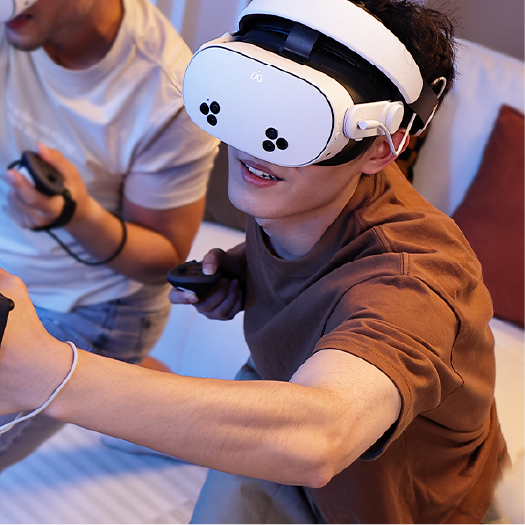

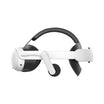
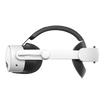
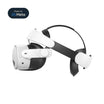
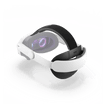
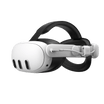
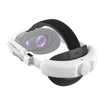

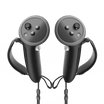
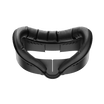
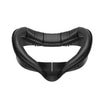
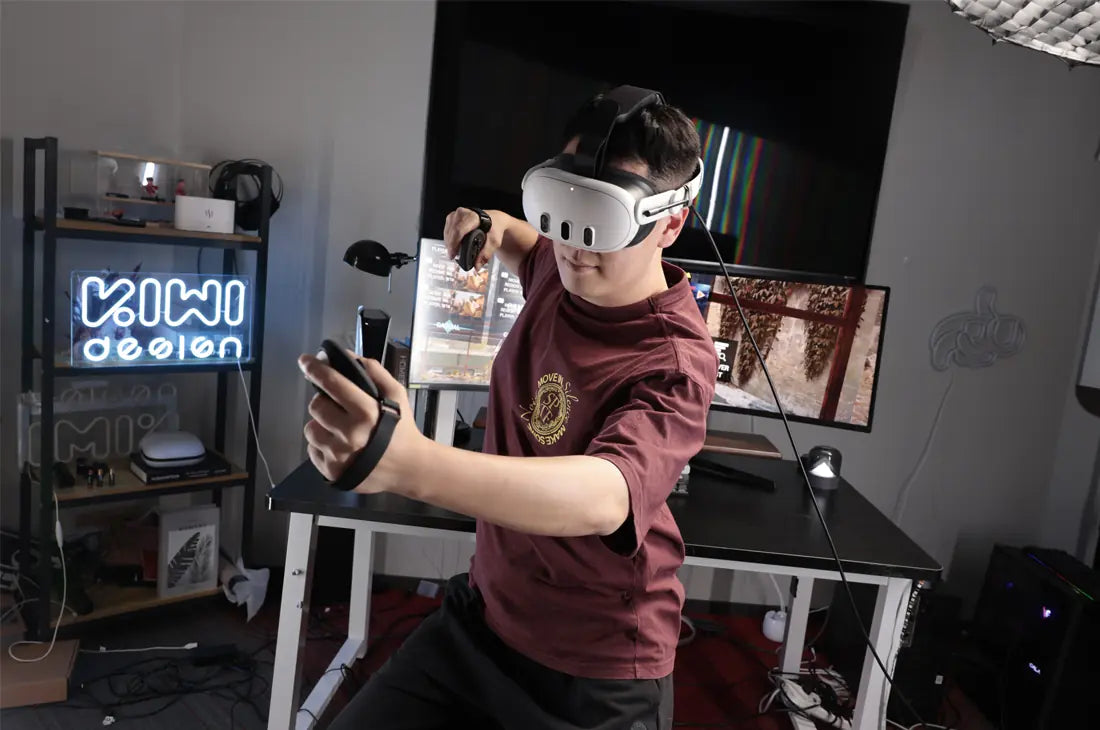
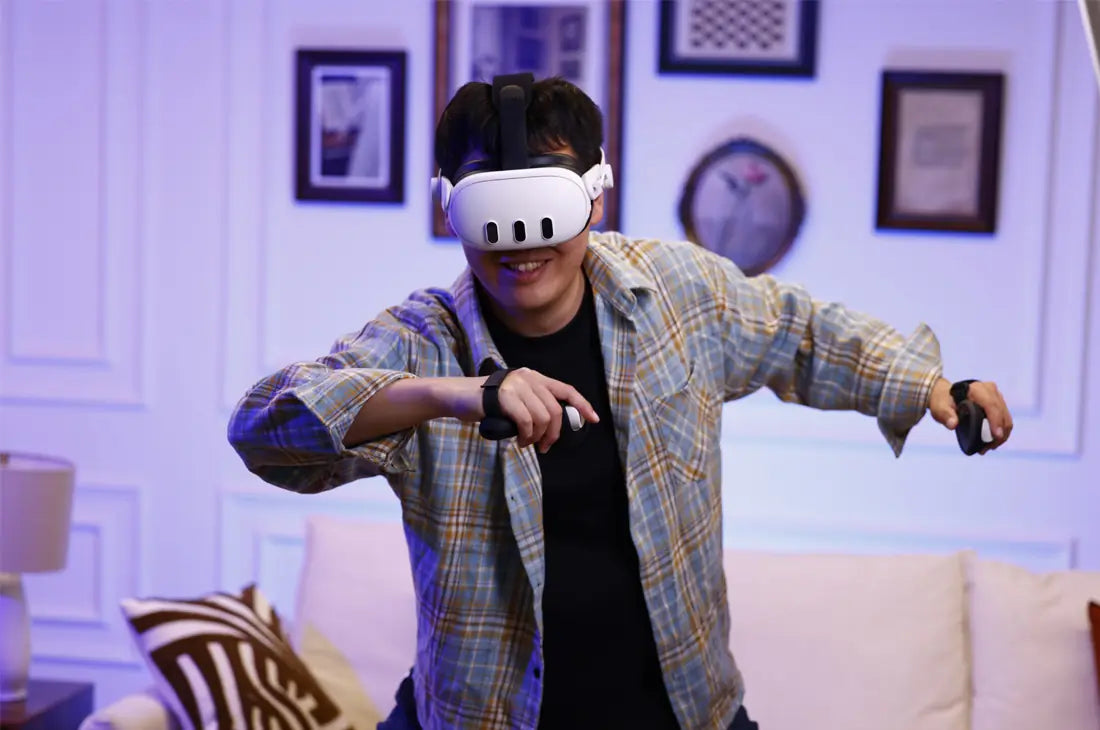
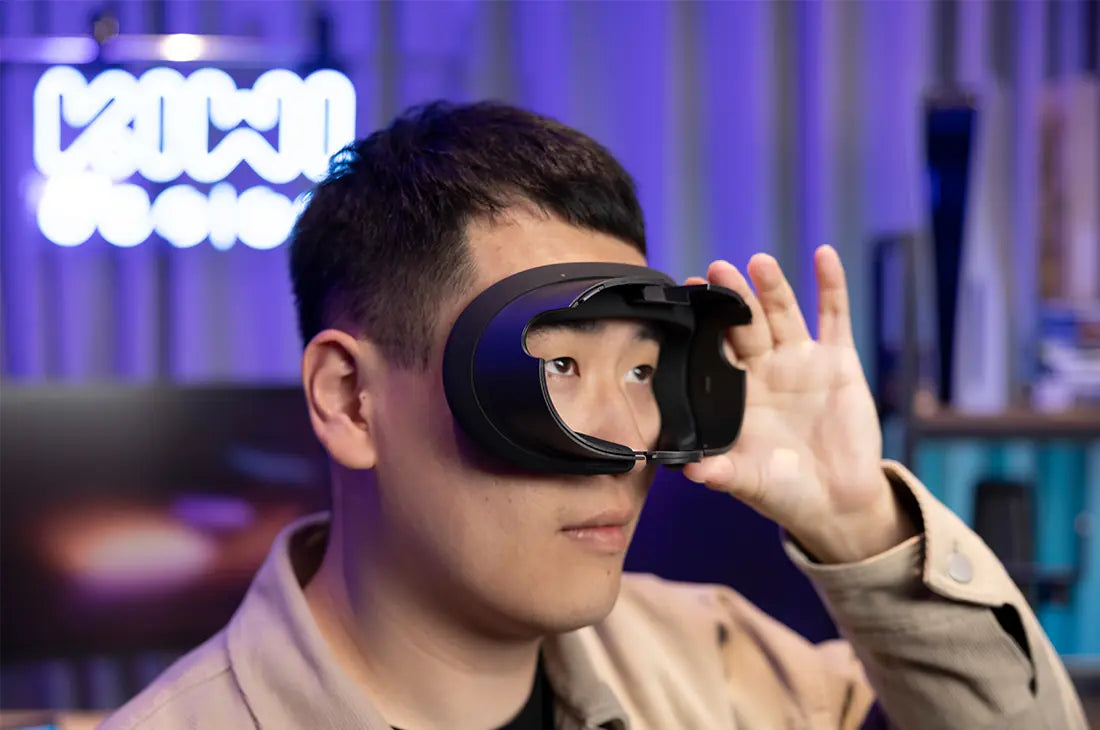
Leave a comment
All comments are moderated before being published.
This site is protected by hCaptcha and the hCaptcha Privacy Policy and Terms of Service apply.